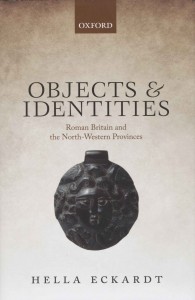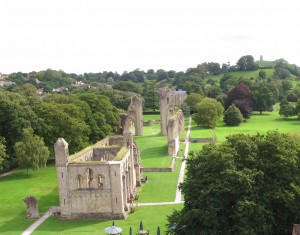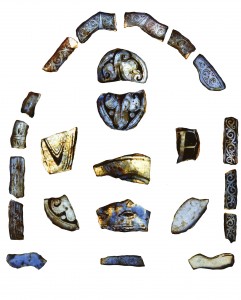 Professor Roberta Gilchrist has been nominated for ‘Archaeologist of the Year’ in the 8th Annual Current Archaeology Awards.
Professor Roberta Gilchrist has been nominated for ‘Archaeologist of the Year’ in the 8th Annual Current Archaeology Awards.
Roberta’s nomination recognises her work as a pioneer of social approaches to medieval archaeology, a champion of equal opportunities, and her work with Norwich Cathedral and Glastonbury Abbey. The full nomination reads:
“Roberta Gilchrist is Professor of Archaeology at the University of Reading. She has pioneered social approaches to medieval archaeology, opening up new questions on gender and age and publishing important studies on medieval nunneries, hospitals, castles, and burials. Roberta has been a champion for equal opportunities, promoting women in archaeology and leading initiatives to integrate disability into the teaching of archaeological fieldwork. She was archaeologist to Norwich Cathedral and published a major study of Norwich Cathedral Close. Her monograph on the excavations at Glastonbury Abbey (1904–79) has just been published, making the results of 36 seasons of antiquarian excavations available for the first time. She is currently working with the Abbey on digital reconstructions and educational resources to make this work accessible to visitors.”
Dr Hella Eckardt’s book ‘Objects and Identities: Roman Britain and the North-Western Provinces’ has been nominated for ‘Book of the Year’!
“Every object, however humble, has a tale to tell, and in this fascinating book carefully-chosen case studies tease out the ways that artefacts reflect their owners’ values and aspirations. From utilitarian kit to imported luxury goods, the items examined paint a vivid picture of regional variation, and approaches to consumption and display.”
You can cast your vote for both nominees here.





